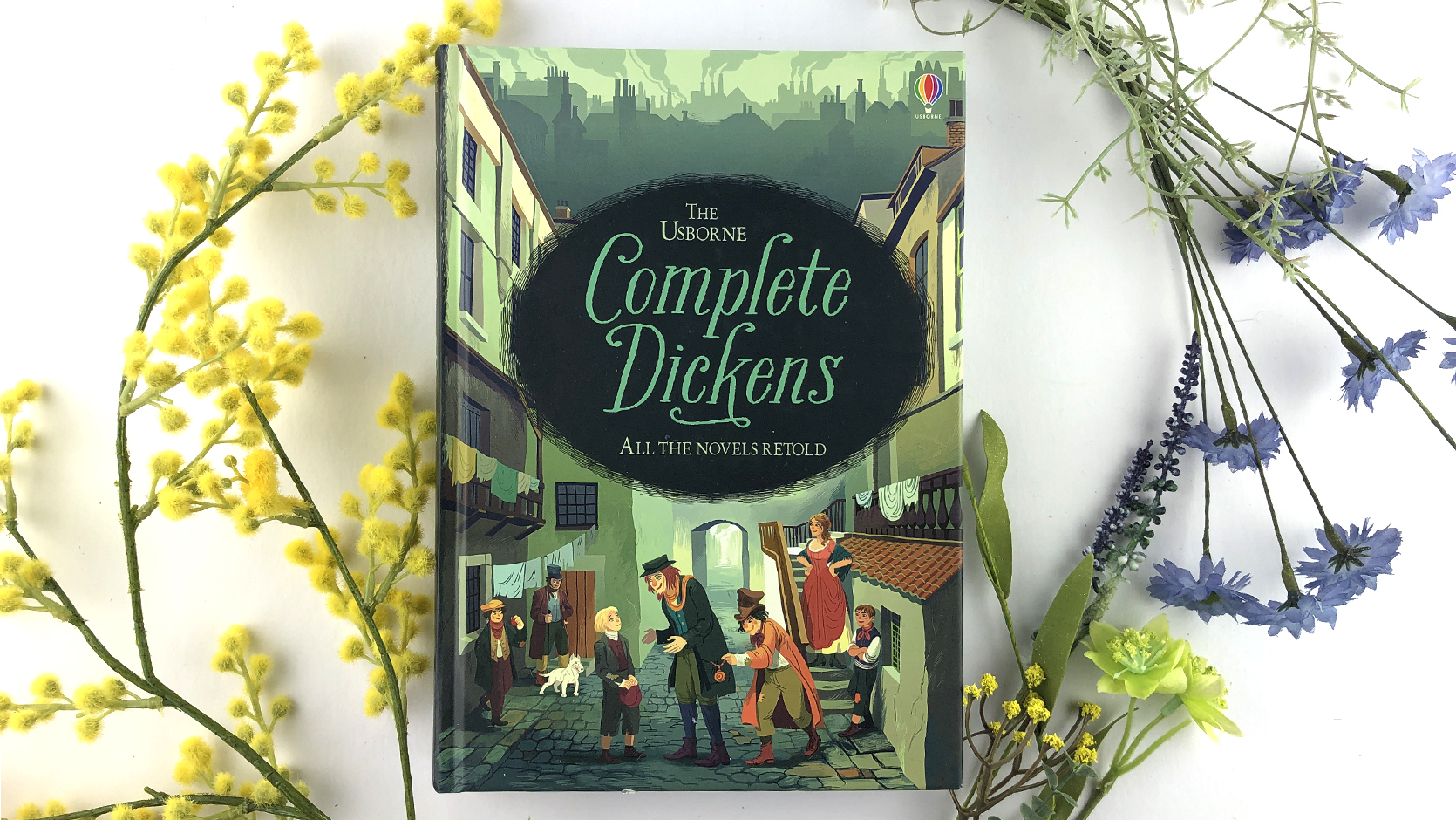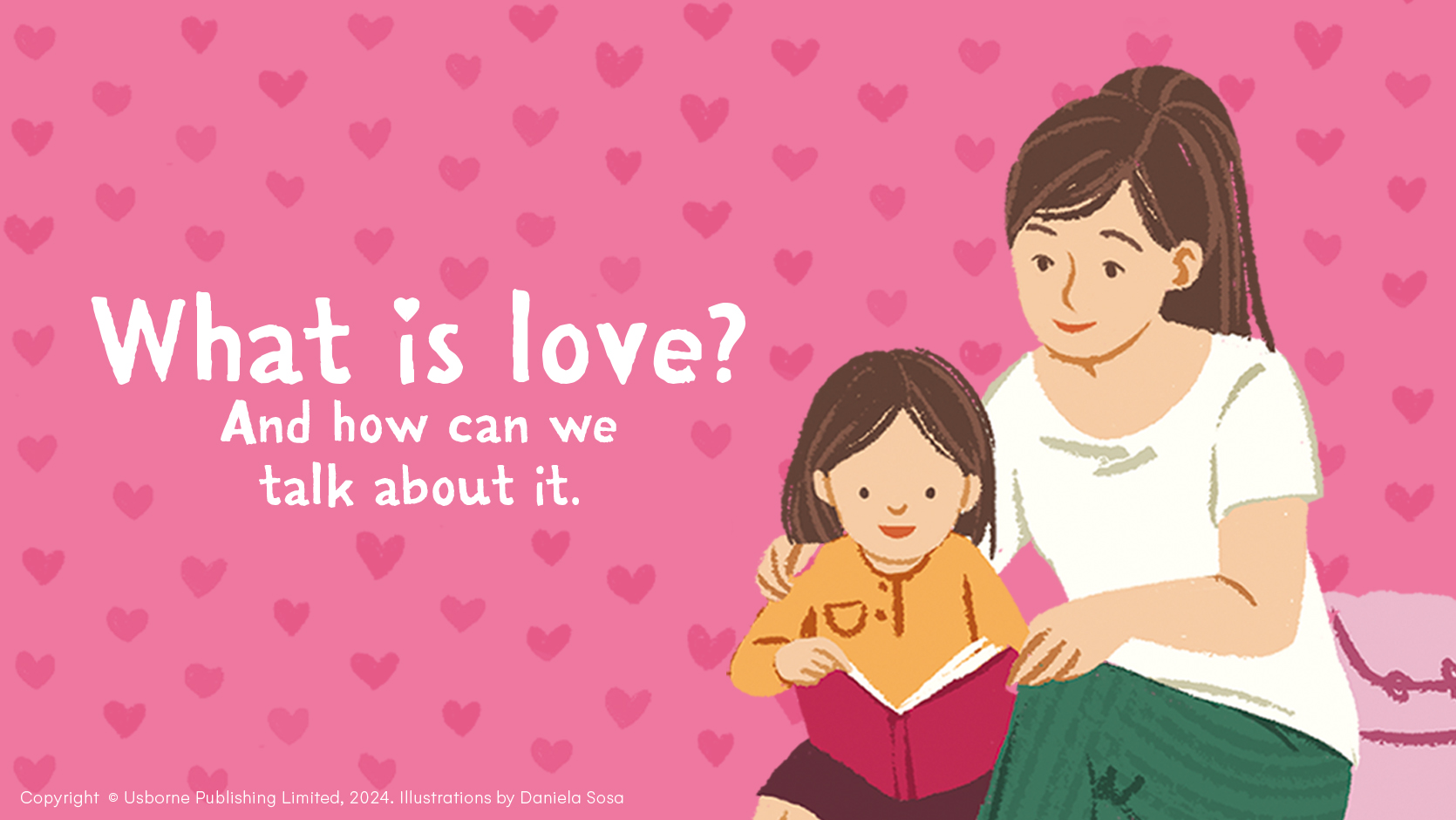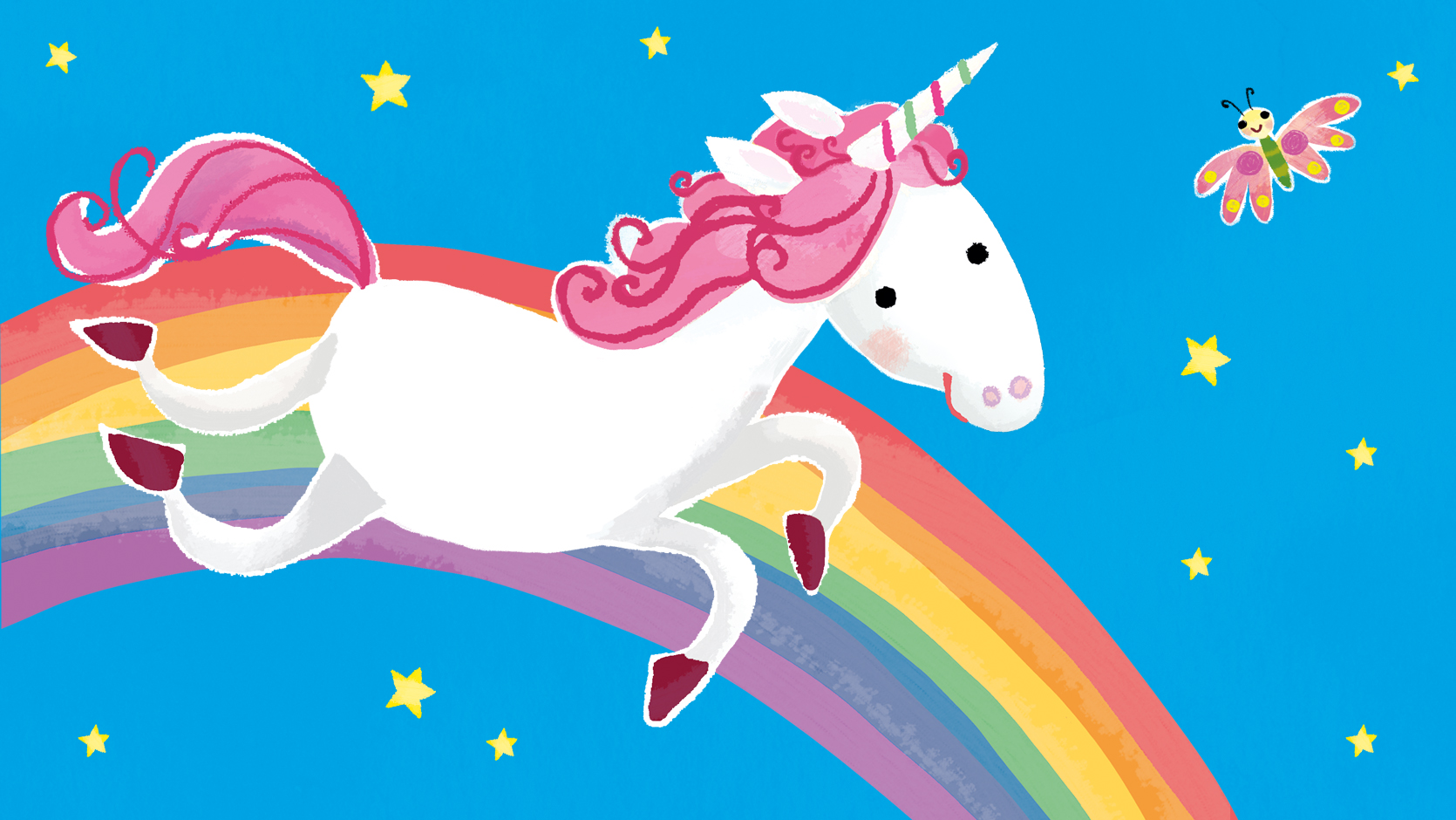- Behind the scenes at Usborne
- Tips and expert advice
Why 'A Christmas Carol' is the perfect introduction to Dickens
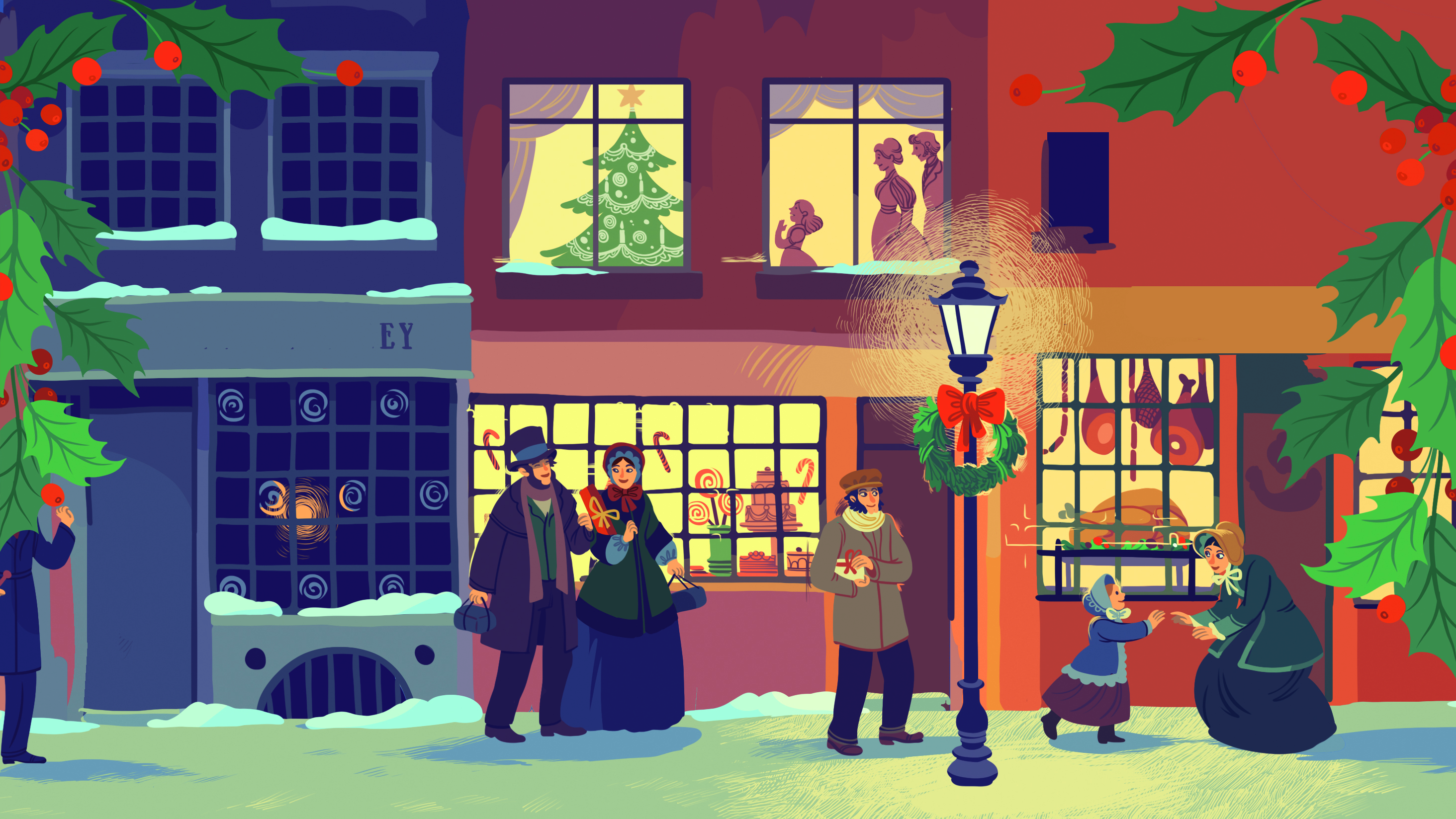
I remember when I first read Dickens – I received a copy of A Christmas Carol one Christmas. It was a red and gold, leather-bound edition, and felt to me like a very grown-up book: all dense, tiny print and no illustrations. I remember fanning the gilt-edged pages in anticipation – with that delicious feeling of being on the brink of a really good book.
I think it may have been Boxing Day that I actually plunged in, and a sudden, colourful world bustling with larger-than-life characters emerged from those pages – the bone-chilling ghost of Marley dragging his clanking chain, poor, shivering Bob Cratchit and his kind, helpful family, and of course the fantastically awful, tight-fisted Scrooge. The sights and sounds of Victorian London rose up around me as vividly as a film.
Because that’s what Dickens does, doesn’t he? He conjures up a world in bright, filmic detail. The entire population of a film is there too, including all the background extras – the shouting barrow boys, creeping pick-pockets and sassy, downtrodden girls – from the gleam of an eye down to the gold of a waistcoat button – he paints them all so clearly, you can see them.
In fact, it’s precisely all that detail we wrestled with while trying to shorten all 14 lengthy novels of Dickens (plus the shorter novella A Christmas Carol) to fit into this 516-page Complete Dickens. My aim was to make this as Dickensian a read as possible whilst whittling his gigantic set of works down to a manageable size. But the detail and huge cast of characters is precisely what makes Dickens so wonderfully – well – Dickensian! Deciding what to cut was an agonising dilemma.
Our Dickens expert, Professor Douglas-Fairhurst (Fellow and Tutor of Magdalen College, Oxford University) checked for us not only that we had kept true to the original stories, but also that the language we’d chosen throughout rang true to the period. We kept many of the most famous original lines in the story. The retelling blends with Dickens’ own language, making this edition suitable both for children and for adults who have perhaps always longed to read his works but had never found the time to plough through the lengthy originals.
What better time to delve into Dickens than at Christmas? Dickens’ Christmas is so very Christmassy! It’s like a distillation of everything festive: the snowy roof tops, carol singers, church bells, holly and mistletoe, roasting chestnuts on crackling fires, plum puddings and a roast lunch with a good deal of gravy, family games and good cheer, and a sense of goodwill to all mankind. Some say he even invented Christmas as we know it today. He certainly promoted it!
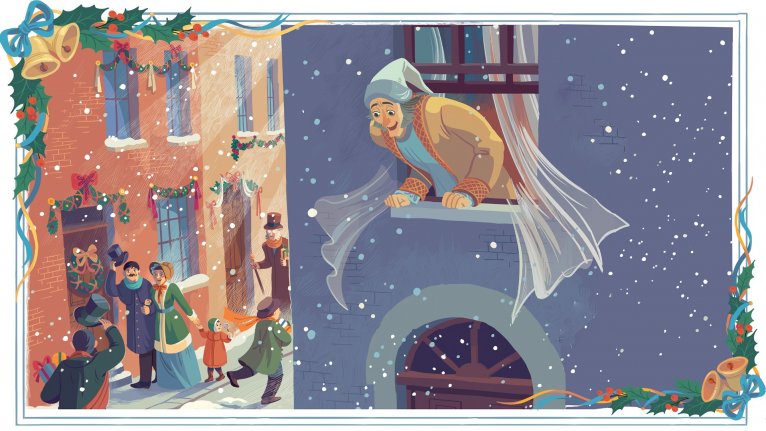
In fact, that was partly his intention... At the time Dickens wrote A Christmas Carol, Christmas wasn’t celebrated as lavishly as it is today, nor as it had been in medieval times. Industrialisation had left people poverty stricken, living in cramped, polluted cities with no time or money to spare to celebrate it (just like Bob Cratchit and his family). Dickens was appalled at the awful conditions of the poor – children especially – and wanted desperately to help. He campaigned for social change, giving speeches to employers to encourage them to improve their workers’ conditions. But stories, he realised, are better at reaching hard hearts – so he put all his powers of persuasion into his work. A Christmas Carol and Oliver Twist are fine examples of just how convincing this approach could be: which hard heart could refuse to sympathise with frail, sweet Tiny Tim or innocent, incorruptible Oliver Twist? And whoever would want to be labelled a Scrooge?
In the course of this fantastically fun ghost story, Scrooge is transformed (under the influence of his dead business partner and the ghosts of Christmas past, present and future) from a nasty, selfish businessman, into a generous employer who looks after his poor worker and his struggling family – giving him time off to celebrate Christmas, and much more. And our hearts soar along with Scrooge’s as he giggles with glee on Christmas morning, having been given the chance to be a better person – and to give and receive joy, in the true Christmas spirit.
A Christmas Carol, as all of Dickens’ work, is a rollercoaster of comedy and sadness, cruelty and kindness, terror and pure joy. It tugs on your heart strings knowing full well what it’s at, making you quake and sob and laugh out loud. And the characters you meet there will stay with you a lifetime. What better gift can a book give? Whoever can resist?

